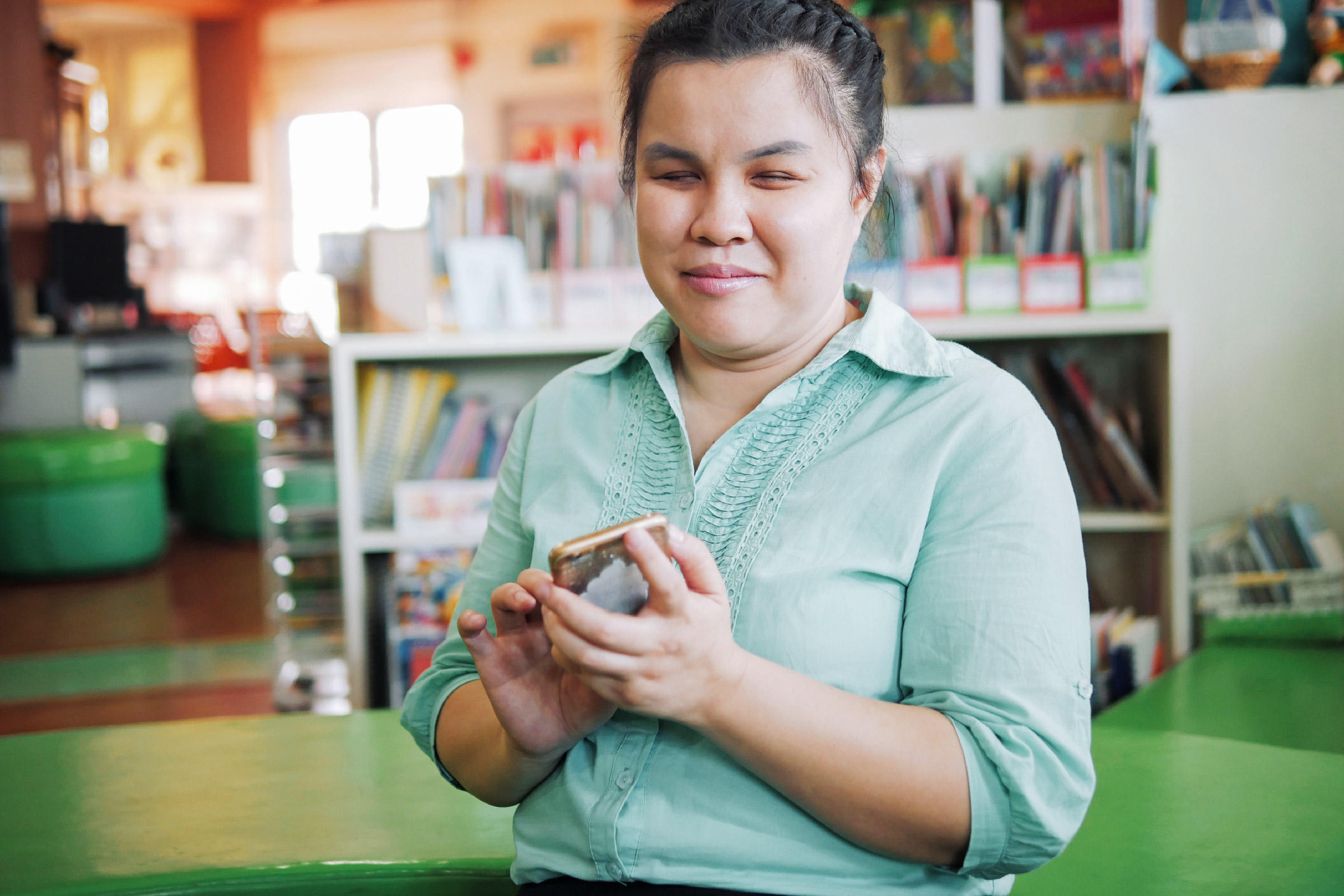 The participants shared a total of 44 positive digital experiences. Encountering accessible and usable interfaces within the digital content ecosystem resulted in participants expressing a profound sense of “feeling included and not forgotten.” These expressions encompassed feelings of great satisfaction derived from the ability to independently perform daily tasks, often taken for granted by sighted individuals. Examples of these tasks included online grocery shopping, monitoring their children’s education through school apps and websites, and managing medical records and bill payments. One participant, enthused by the high level of accessibility of their children’s school website, conveyed, “It is incredibly important for me as a parent to have access to information about my kids’ schools. This app provides the kind of access I wish I had everywhere!” In another instance, a participant expressed an increased sense of confidence and a stress-free experience. Describing checking their medical lab results, they shared, “It felt great to complete this task without the need to share personal information with someone providing sighted support or expending extra energy and time to figure out how to accomplish the task.” The barrier-free nature of these digital encounters evoked highly positive emotions among participants, including feelings of satisfaction, pride, and independence.
The participants shared a total of 44 positive digital experiences. Encountering accessible and usable interfaces within the digital content ecosystem resulted in participants expressing a profound sense of “feeling included and not forgotten.” These expressions encompassed feelings of great satisfaction derived from the ability to independently perform daily tasks, often taken for granted by sighted individuals. Examples of these tasks included online grocery shopping, monitoring their children’s education through school apps and websites, and managing medical records and bill payments. One participant, enthused by the high level of accessibility of their children’s school website, conveyed, “It is incredibly important for me as a parent to have access to information about my kids’ schools. This app provides the kind of access I wish I had everywhere!” In another instance, a participant expressed an increased sense of confidence and a stress-free experience. Describing checking their medical lab results, they shared, “It felt great to complete this task without the need to share personal information with someone providing sighted support or expending extra energy and time to figure out how to accomplish the task.” The barrier-free nature of these digital encounters evoked highly positive emotions among participants, including feelings of satisfaction, pride, and independence.
Businesses, technology vendors, government agencies, schools, and service providers must make their websites,
software applications, and kiosks fully accessible to people with disabilities.
Download the Complete BDIS 2 Study
If you have any questions, please get in touch with our Public Policy and Research Institute at research@afb.org.
